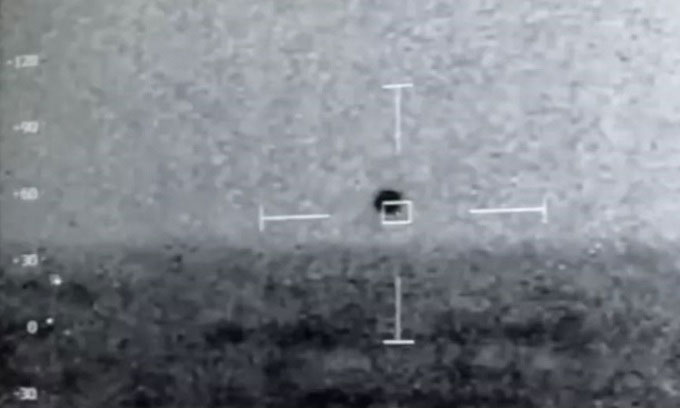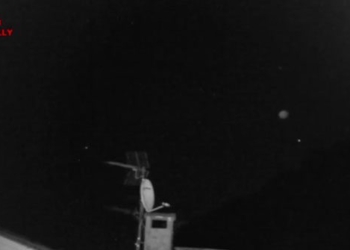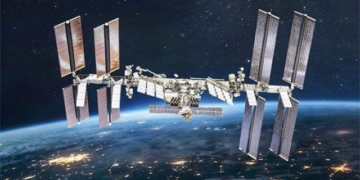NASA Announces Scientific UFO Study Plans Before Public Report Release.
Experts involved in the research will examine data related to Unidentified Aerial Phenomena (UAP) encounters, explore how to best document UAP in the future, and determine how to use new information to enhance understanding of these mysterious objects.

UAP image recorded by the USS Omaha’s Combat Information Center on July 15, 2019. (Photo: Jeremy Corbell/YouTube)
The announcement of the new program, expected to launch in early fall this year and take approximately nine months to complete, follows a congressional hearing where lawmakers questioned two defense experts about numerous reports from pilots who witnessed UAP. The hearing focused on the Pentagon’s report of 144 UAP encounters by U.S. Navy pilots since 2004, most of which were concluded to be real objects.
NASA’s new research will be led by astrophysicist David Spergel and coordinated by assistant Daniel Evans from NASA’s Science Mission Directorate. “Due to the very limited number of observations, our first task is to gather as many datasets as possible,” Spergel shared. “We will categorize data from civilians, government, non-profit organizations, and companies—anything we can collect—and find the best ways to analyze it.”
The last extensive government investigation into UAP occurred in 1969. The investigation, known as Project Blue Book by the U.S. Air Force, concluded without verifying any flying objects and determined there was no threat to national security.
NASA will approach UAP research like any scientific study, aiming to explore a data-poor field and make it worthy of investigation and analysis. Given the national security and aviation safety issues associated with UAP, scientists want to examine observations and test whether they are natural phenomena.
A full report will be released in the near future, and the research team will hold a public meeting to discuss findings, according to Evans. The estimated funding for this project is around tens of thousands of USD and will not exceed 100,000 USD.





















































